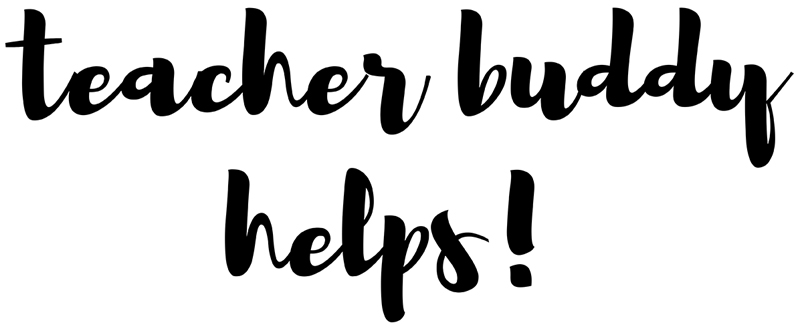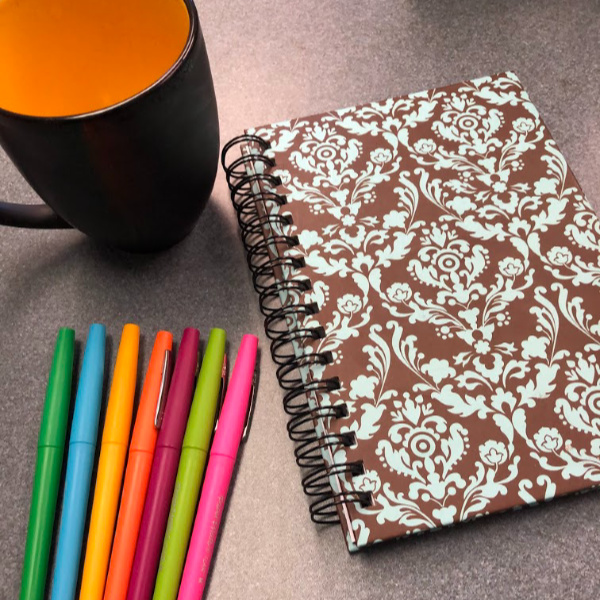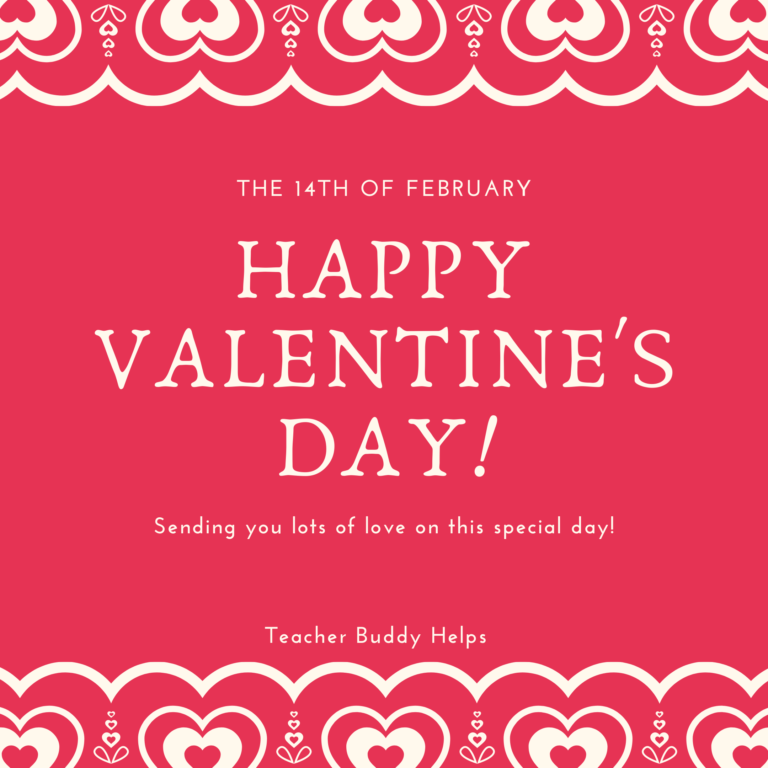Effective Instructional Practices: 3 Projects + 3 Reports = 6th grade
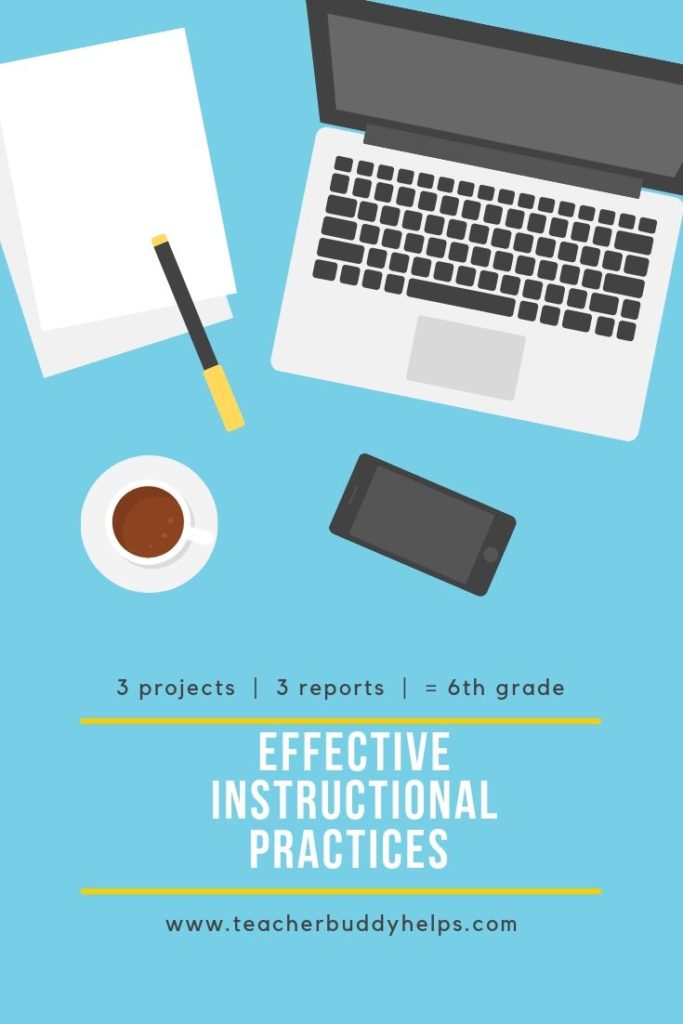
Effective Instructional Practices: Can 5th and 6th-grade students really create 3 Projects and 3 reports on their own?
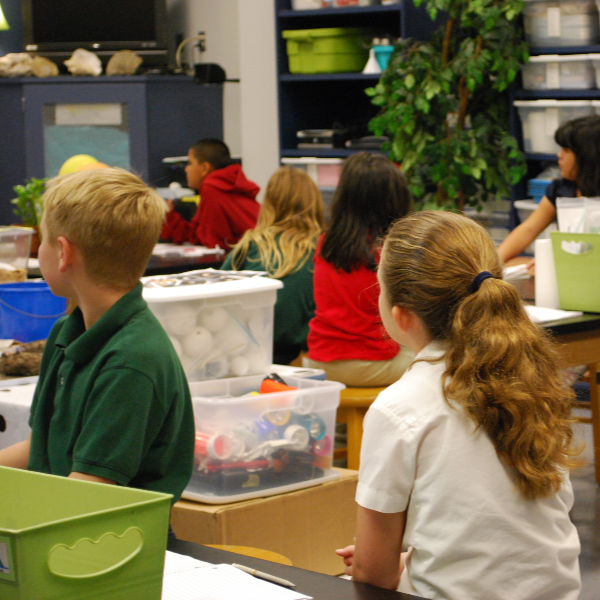
Is this really an effective instructional practice? I bet some of you 5th and 6th-grade teachers are wondering “How in the world can you get your students to do that many outside projects?”
Well, the truth be told, I didn’t start out assigning this many projects/reports – but my thinking evolved over time.
I began with the typical science project and biography report in my plans. Then a few months into the year we got to the Social Studies unit on “Geography.” One of the major chapters was on landforms, so I decided to add a landform project onto my list.
Before I go further, let me tell you what the three projects and three reports were:
PROJECTS
- Landforms
- Pyramid
- Science Project
REPORTS
- Biography
- Invention
- Science Report (to go with their science project)
For each of my projects, I created VERY CLEAR INSTRUCTIONS and a GRADING RUBRIC. I also wrote a parent letter about the project and the expectations.
Set Expectations
You see, my expectations were that the student would do a vast majority of the work; it’s just good instructional practice. And yet I understood that a large project such as this would require some parental assistance.
In my parent letter I mentioned the above and also added that if the parents could not help out or needed some supplies, I would be glad to assist if they would send me a quick note.
For all the projects, all three years, I only had one parent request some construction paper. All the other parents were able to assist and/or find the materials their child needed.
Now I want to point out that there was a wide variety of parental assistance; from none to “they probably did too much.” I graded them fairly. I graded the ones that were done with no help on the content following the specifications, and not the neatness so much!
Some Spec ifics
For each project and report, my routine instructional practice was that I dedicated an entire class period (about an hour) explaining the project or report. For the landforms, their project was required to have ten landforms (but they could add more if they wanted to). I provided a list of over 25 landforms; for example; river, tundra, forest, desert, lake, peninsula, island, etc.
For the reports, I also had a list because I didn’t want all the students to choose the same person. So, I had a list that we reviewed together as a class. Then I allowed the students to study the list for about five minutes.
I made sure the lists I created had around 40 choices. I provided a list for the biographies, the inventions and the science projects.
Making it fair
I used the sticks with the students’ names to draw them for their choice. It was a fair process, and toward the end, I may have let the final two or three choose one that had been chosen. Two reports on Abraham Lincoln are fine, but not fifteen.
Speaking of classroom routines and making everything run smoothly, I have created a FREE downloadable checklist that you can access here.
**
Allowing for Student Choice
Also, for the reports, if they had a famous person in mind that I didn’t have on the list, I would consider it. Or a different invention or science project would also be considered. To make this fair, they had to select from the list first, then write a paragraph about why they wanted to do the other person.
Doing it this way allowed me to not use class time having many students blurting out names of athletes, musicians or stars. I listed parameters of what would make them allowable such as a major contribution to society.
Don’t Waste Class Time
This way the students all had a “name” to work with, and those who REALLY wanted to use another person would write their paragraphs. This format allowed me to speak one-on-one with each of these students to explain my decision (yes or no) for their request.
I think in my three years, I only had two students ask to do the report on someone else. The key with this age group is to leave some room in the decision making for them to feel like they had input and a choice.
As you can see, these projects and reports take quite a bit of prior teacher planning and preparation.

Time Allotment
You must make sure that you give your students and their parents enough time for the project or report. Students would
I made sure to follow up at the two-week mark to ensure they were working on the project or report. This included a letter to the parents letting them know the report or project is due in two weeks. If you do this, I would use emails now; email right when the assignment was given, and then at the two-week mark.
I strongly believe that if you give students a longer period of time, they will just put it off anyway until the last two weeks. So there is no reason to present it at the beginning of the semester and have it due at the end.
Lots of Pre-planning needed
As you can see, the greatest task required of the teacher for these types of assignments is the pre-planning; creating the parameters and requirements for the project, creating the rubric, creating the “lists,” and crafting the parent letters or emails.
I wrote an earlier article about being organized as a teacher. You can access it here:
Teacher Organization – How to Prepare and Stay Focused.
Also, deciding on your systems of choice or assigning the topics; after all, you don’t want 16 science projects on the water cycle (which is actually a primary grade project), but you get what I mean!
The bulk of the work, for the students, takes place at home. Once the projects are completed and brought to school to present and be graded, the fun begins.
I’ve got a FREE downloadable for you called 101 Teacher Tips. If you are interested in getting it FREE, complete the form below.
**
Once projects are at school
Be sure to talk to the librarian (our library had an area where items could be displayed) ahead of time so that some projects could be displayed.
Six studen
Then, we would also invite some primary grade classes to come by the class to see the projects before I sent the top five or six to the library to be displayed.
Special projects and reports that students complete at home with a parent (or not) are often the things they remember about school. Do your best to squeeze this opportunity into your class.
It is so much fun! I promise you will love it!
Let me know what projects your students work on.
Until Next Time,
Your Teacher Buddy
